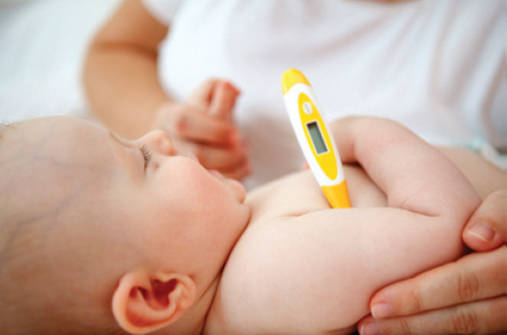
There is nothing more frightening than something happening to an infant. Sure for a new parent, this is one of the most distressing time. Even thinking about some emergency situation can give parents some serious chills. Fact is, if you are a parent, you have to face it, but facing it without panicking is the real challenge. Knowing what to do in the event of an emergency will aid you to remain calm, think quickly, and act accordingly with confidence.
To deal with some common injuriesand emergencies, we have gathered some information for you.
1.Head and eye injuries
Here is what you need to do if your child gets head bumps or eye irritation.
- Head bumps
When a baby starts to crawl and move they can easily bump their head on different objects and furniture and falls are very common. Mostly the injuries are minor, but sometimes the bump on the head can be serious. If you think that your child has a minor head injury, bump or bruise, do not worry, get an ice pack and hold it against the injury. It will help with swelling.
- Eye irritations
All eye injuries should be assessed by a doctor. However, if soap, shampoo and other irritating substance is splashed into the eye, do notrub the eye. Just rinseitwith cold water for several times. Seek medical care if you think there is something serious.
2.Skin wounds
Serious wounds require medical attention while minor cuts can simply and easily be treated at home. Here is what you need to do if your child gets…
- Minor cuts and scrapes
Treating a minor cut is pretty simple. All you need to do is wash the injured area with water, pat it dry, then apply an antibiotic ointment like Neosporin to avoid infection. You can cover it with a bandage as well to help keep it clean. If there is bleeding use direct pressure with a clean cloth and hold it for 5 minutes. Seek medical help if the wound bleeds heavily.
- Deep cuts
If your little one has got a deep cut and it continues to bleed heavily, all you need to do is apply firm pressure with a clean cloth. If blood soaks through the cloth, do not remove it. Instead, cover it with another cloth or bandage. Your child might get stitches if the cut is deep.
- Bruises
Apply an ice pack to decrease swelling, pain and further bleeding. Seek medical help if your child has constant pain and large bruise.
3.Choking
To prevent choking, keep small objects out of reach of children. However, if your child has a habit of putting small objects in his mouth and if he starts coughing out of nowhere, it means he is choking. You don’t have to panic,all you need to do is…
- Lay your baby down on your thigh with his face down. Support his head and chin with your hand.
- Give up to five sharp back blows between his shoulder blades with the heel of your hand.
- Then lay your baby on your thigh with his face up.
- Then give up to five downward chest thrusts using your finger.
- Repeat back blows and chest compressions until the object is coughed up.
- Deliver 2 rescue breathsif a choking baby becomes unconscious.
- Open up the baby’s mouth and look for an object that is blocking the airway. If you see it, gently use your fingers to remove it.
Seek medical help right away if your child becomes unconscious.






